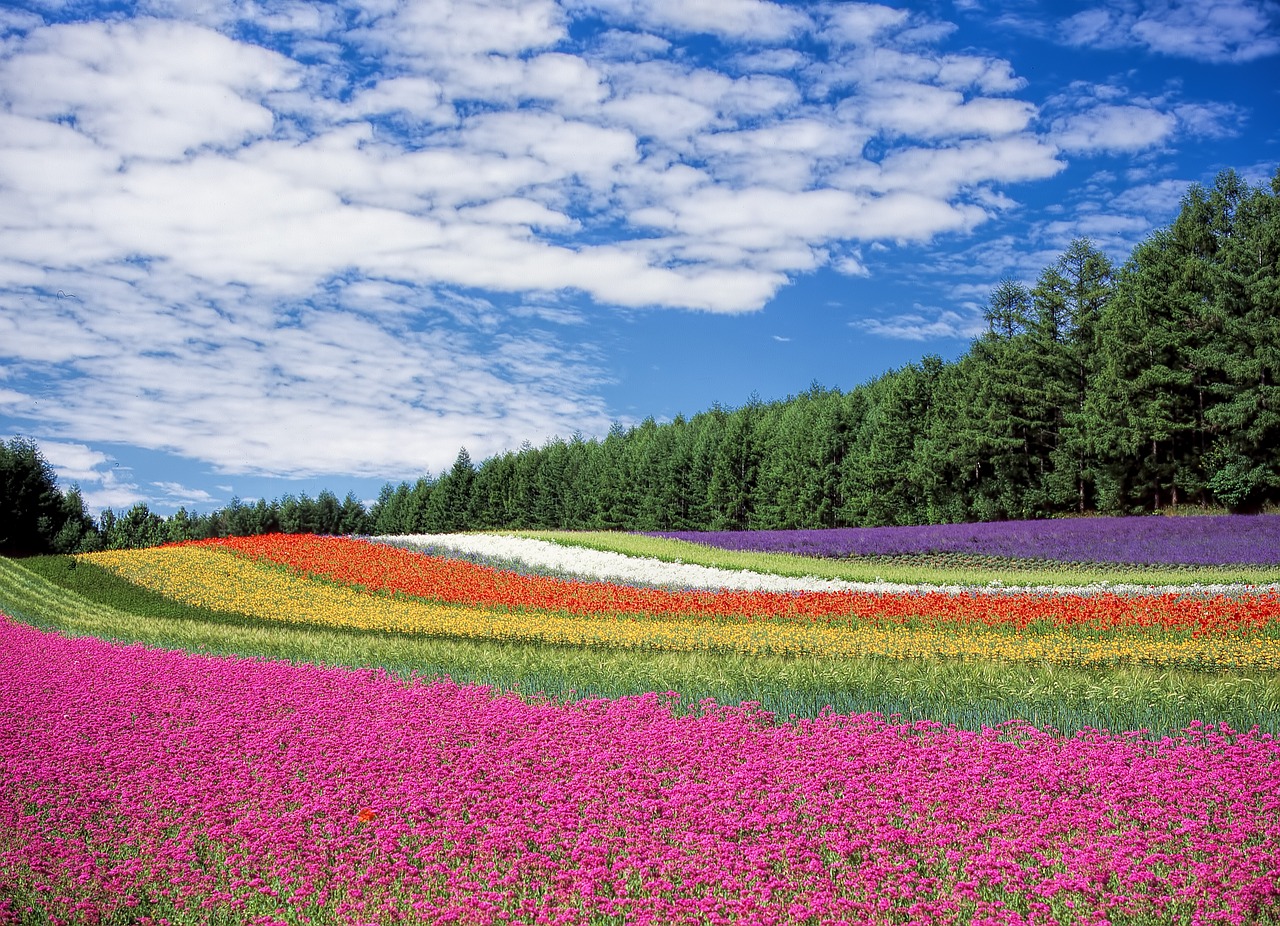
Flower colours and their impact on us
This might sound familiar to you, or perhaps you heard about a study conducted a while back on how flowers affect our mood and emotions. Otherwise, it was a study conducted with several volunteers. Each was sent a delivery of fresh flowers and their reactions and behaviours were monitored and documented. This study revealed that if you send flowers to a friend or loved one, their happiness increases and they become more confident and more likely to reach out to others. Just as real flowers influence our emotions, so can the flower colours. A Galveston County horticulturist published an article about his findings in this regard.
Bright and bold
As Dr. William Johnson walked through the gardens, he carefully observed the behaviour of the general public and the types of flowers to which he was most attracted. He noted that the two main shades of interest are red and yellow because they are bright and bold. He said planting these flower colours will likely draw more onlookers’ attention to the most attractive parts of your yard. She also said they can be used to outline paths and steps on your property so guests can easily identify pedestrian areas.
Warm vs cool
If you are familiar with the difference between warm and cool colours, you will understand why blue flowers have this effect. Have you ever come across a room with light blue walls and another room with a pink or orange colour scheme? You may remember feeling a cool feeling in the blue room and a cosier, warmer feeling in the orange or pink room. This is because blue is on the cool end of the colour spectrum, while orange and pink are considered warm flower colours. Dr. Johnson believes the same is true for flowers. He says that blue flowers in your garden will help create a calm and cool environment where you can relax and calm your mind. He also suggests using lighter shades of blue instead of dark blue.
Pure white
They are warm and cool flower colours, but what about white? There are many flowers available in white and it is easy to associate white with a clean, tidy or even sterile environment. White is the basic type of shade that gives a sense of order to a room and can do the same for your garden. Dr. Johnson suggests planting white flowers around the edges of your flower beds to create a clear line that distinguishes the flowers from other parts of your garden.
When it comes to mixing different flower colours, Dr. Johnson warns gardeners not to get too carried away. You can combine colours, but don’t try to plant all existing colour varieties. Carefully select a few shades that match well. For example, you can use the colours of your country’s flag or another prominent symbol as inspiration.
